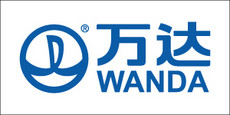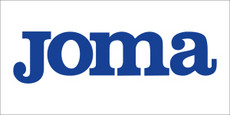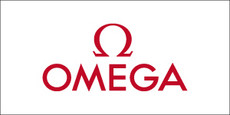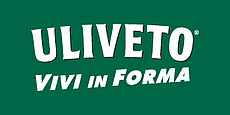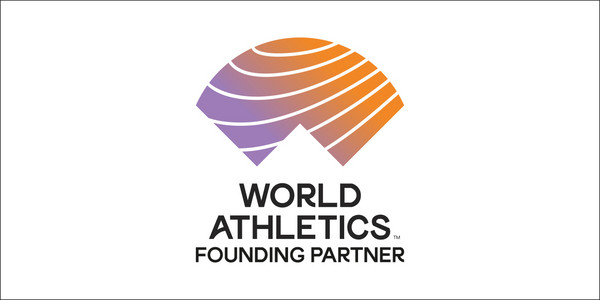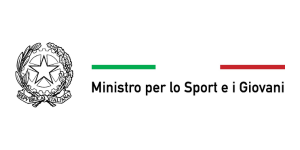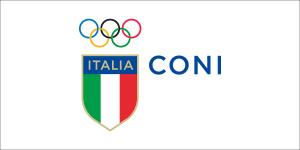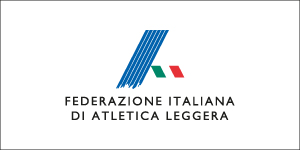Ana. Authorised Neutral Athlete. The acronym is exactly similar to a Japanese airplane company. The definition seems to come from a science fiction film on a possible future, on a parallel dimension. Thirteen of the fifty-eight athletes, who have sent their application, have been eligible to return to international competitions. The flagbearer of this country without flag is Mariya Kuchina, who now competes under the married name Lasitskene (the husband of the 24-year-old jumper is of Lithuanian origin), the thin and graceful girl, whom a painter like Edgar Degas would have liked. Flexibility, instrument of grace and athleticism, is the most brilliant gift of dancers too. The most interesting aspect of Mariya is her origin: Prokhladny, a town founded in the mid of the Eighteenth century by Cossacks as an outpost of the always turbulent Caucasus region. It is the capital of the Kabardino-Balkaria, a region where a language of Turkish and Iranian roots is spoken. It has not been cancelled by forced russification during the time of Stalinism. The Kabardians and the Balkarians, the Ossetians, the Chechens, the Ingushetians, the Dagestanis have always been communities of wild and warlike mountain people. The roots can be important for the definition of a character. An excellent example is Yelena Isinbaeva, whose father comes from this fascinating region of the world between Europe and Asia, between Christianity and Islam. It’s now the turn of Mariya, who threw away her chance to win at the Olympic Games, not because of her fault. On 21st July she jumped 2.00m in Zhukovsky near Moscow. One month later the elderly and friendly Ruth Beitia won the Olympic title with 1.97m.
During the period of the Russian ban, which is like an excommunication and hit an entire country, guilty of endless doping cases, she improved her personal best to 2.03m in Moscow in the CSKA Indoor Facility of the Russian Army, no longer of the Red Army. Until that moment Mariya Kuchina was in the small group of jumpers led by Sara Simeoni, who have cleared the 2.01m barrier. Lithuanian nice jumper Airine Palsyte would have won the European Indoor title with that height a couple of weeks later.
After receiving the permission to compete abroad, Mariya travelled to Oregon like the heroine of a Russian novel, and beat her competitors in the Mecca of Hayward Field equalling the same height she cleared during the indoor season. She elevated herself well above the rest of the world and cancelled the world season best of 1.98m set by Nafi Thiam in the early stages of the heptathlon competition in Gotzis in the weekend when the Olympic champion from Belgium broke the 7000 points barrier. At the age of 24 the young Mrs Lasitskene is already a veteran and won a lot of medals. She clinched the world title in Beijing, before Russia was banned from international competitions, shared the world indoor title in Sopot 2014 with Pole Kamila Licwinko, the European Indoor gold medal in Prague 2015 after a jump-off with Alessia Trost. The rivalry between Mariya and Alessia started when they were in the youth category. At the age of 16 they clashed at the World U18 in Bressanone 2009, where the jumper from Friuli prevailed. One year later Mariya took the rematch over Alessia at the Youth Olympic Games in Singapore. At the 2011 European Junior Championships in Tallinn, Mariya won the gold, while Alessia finished fourth. At the World U20 Championships in Barcelona, the Italian star drew level by winning the gold medal with 1.91m, while Mariya had to settle with the bronze medal at 1.88m. Meeting again at the Rome Olympic Stadium will be a pleasure and a spur.
















